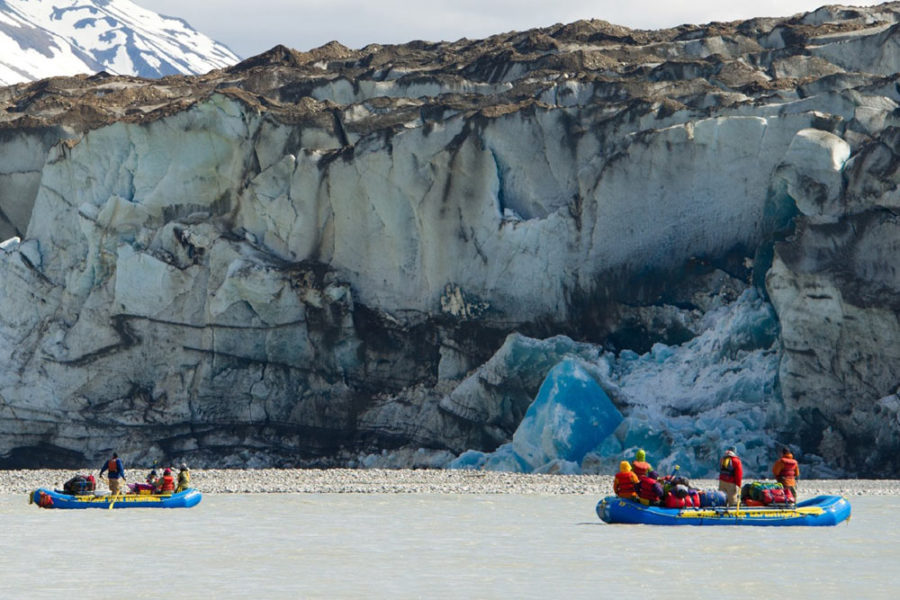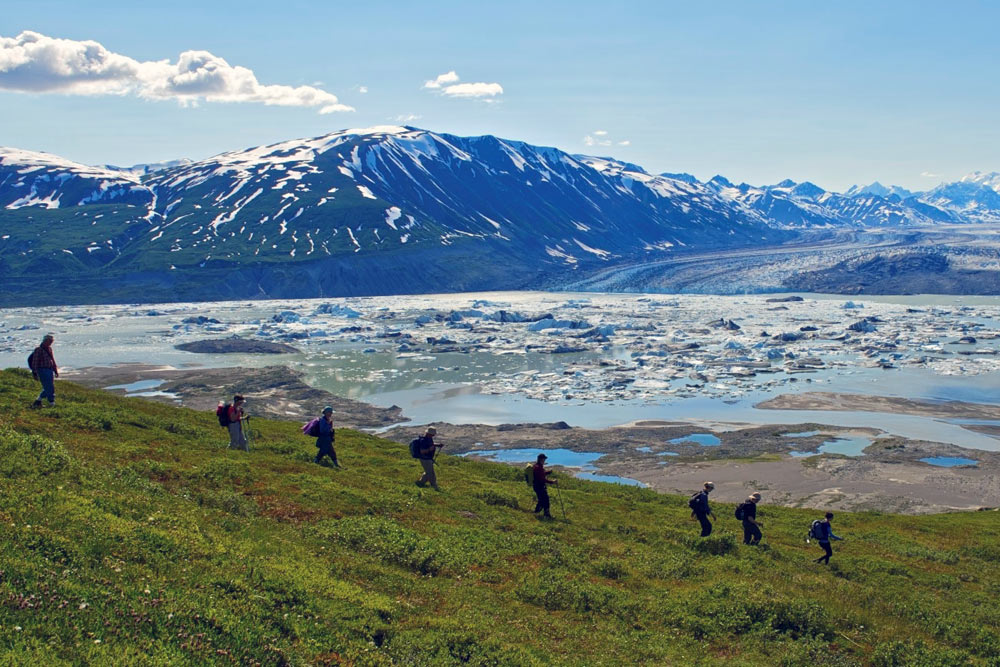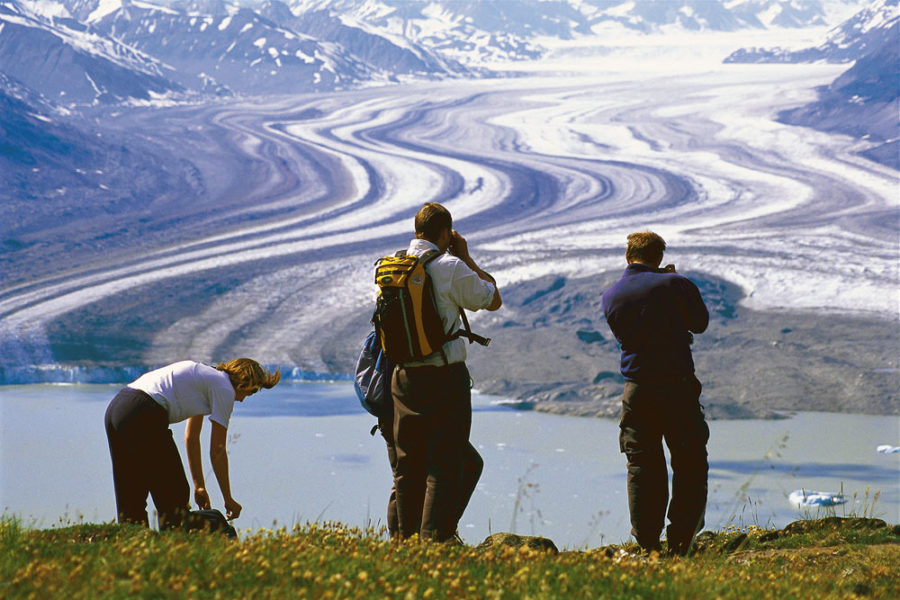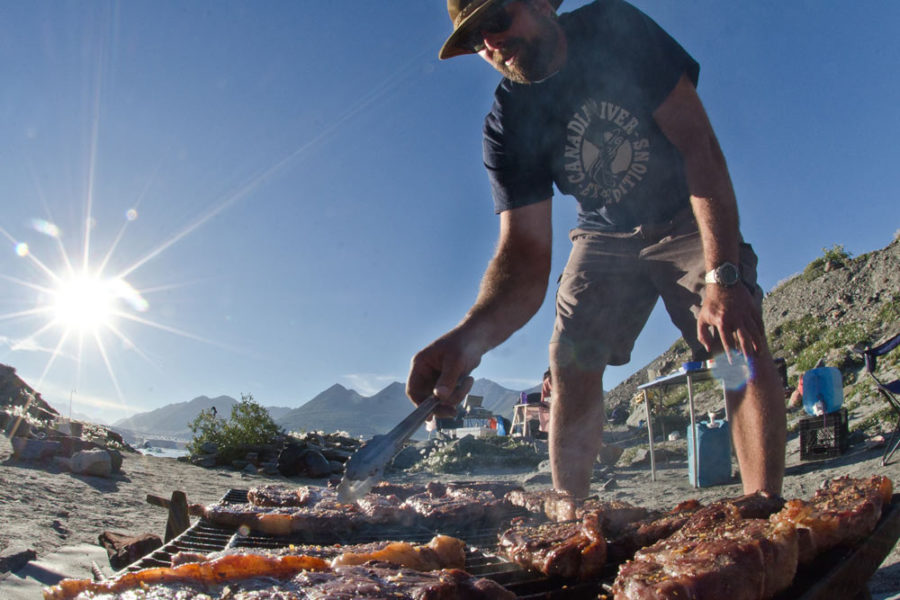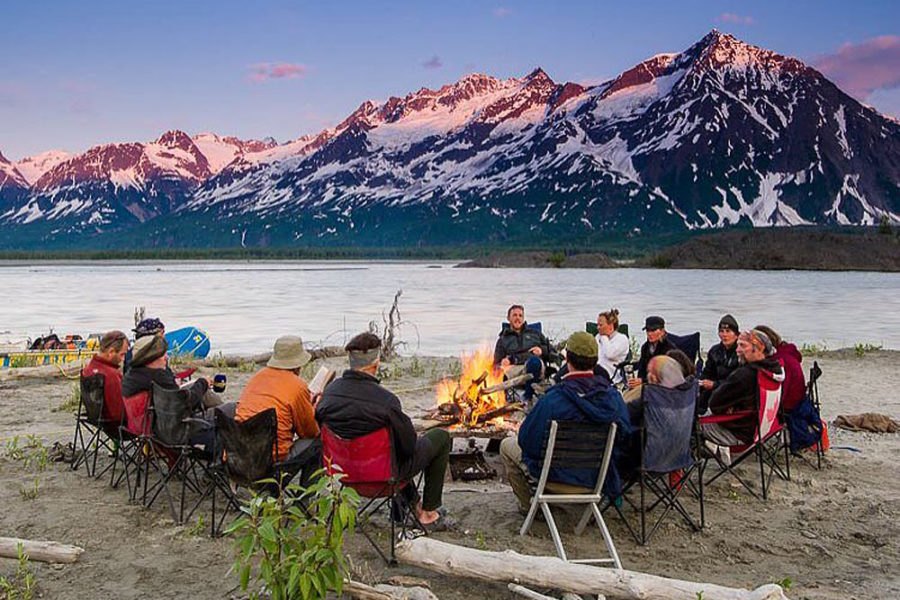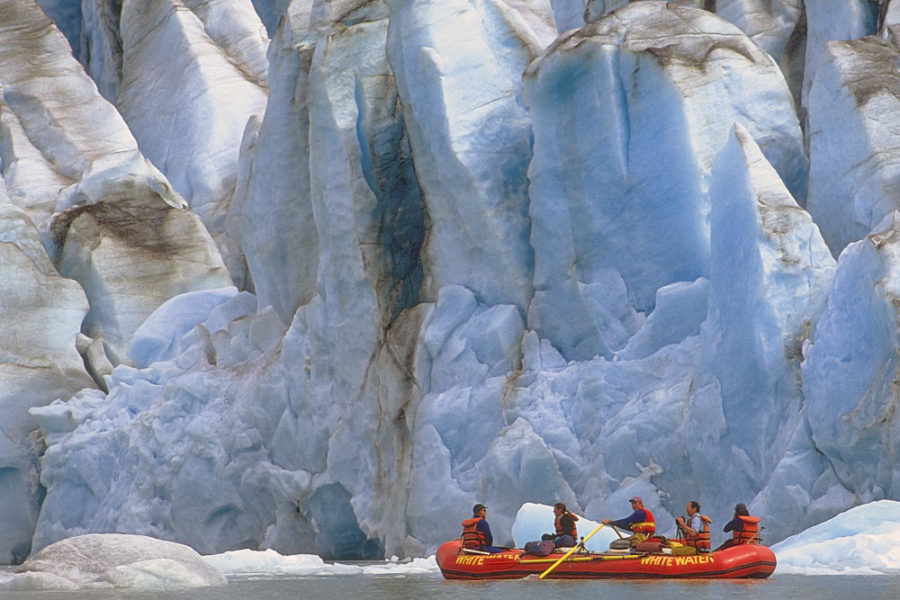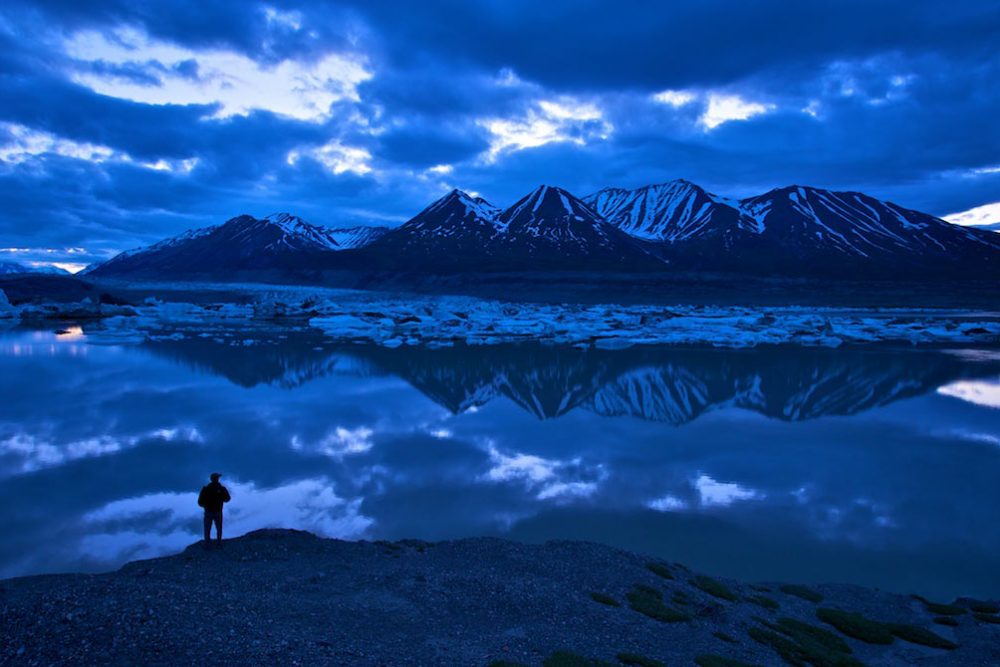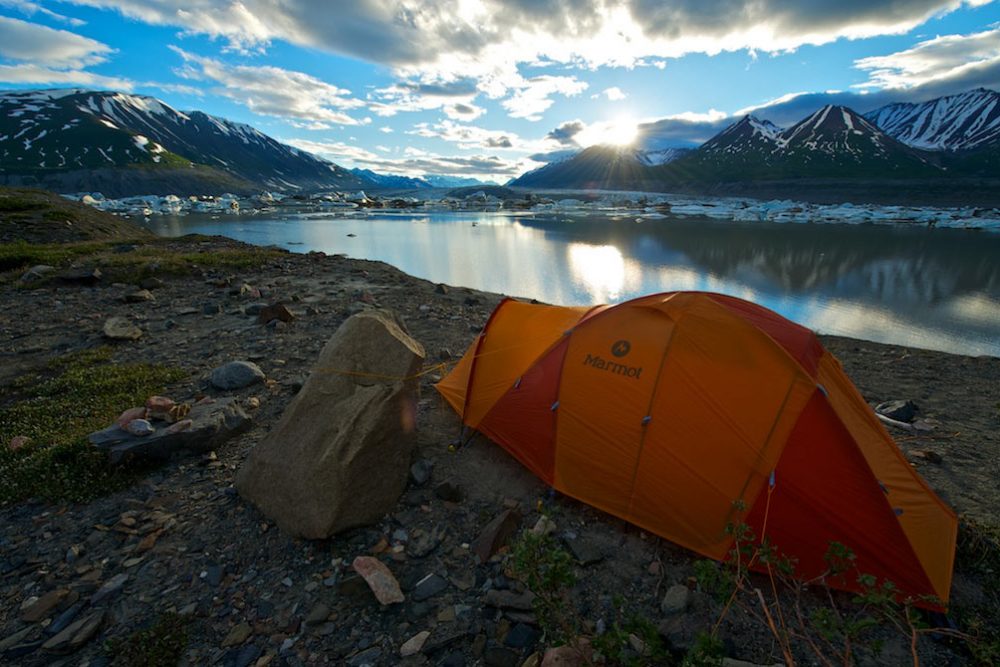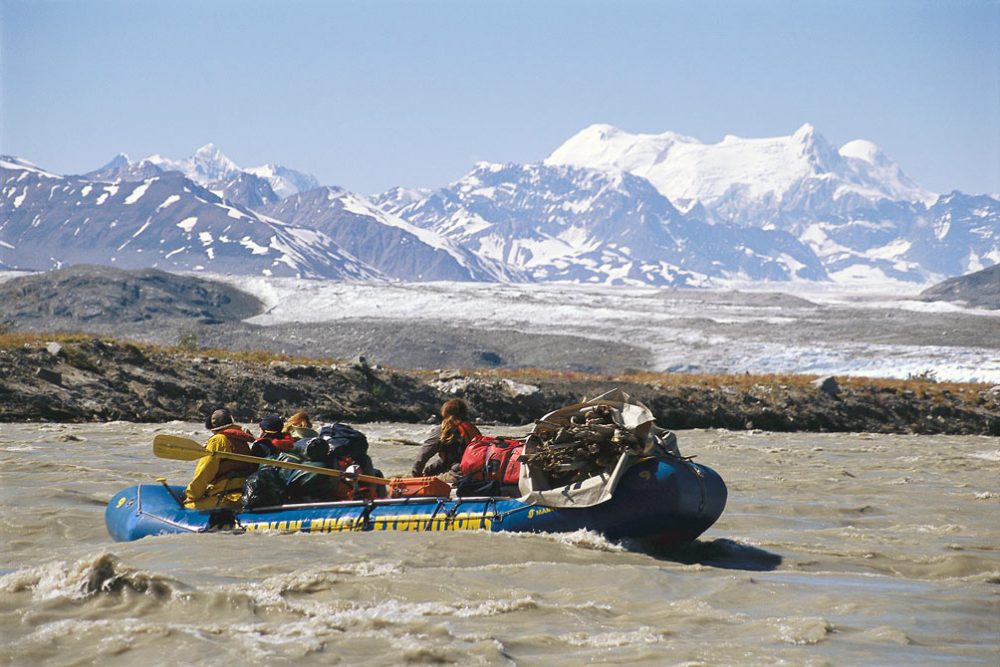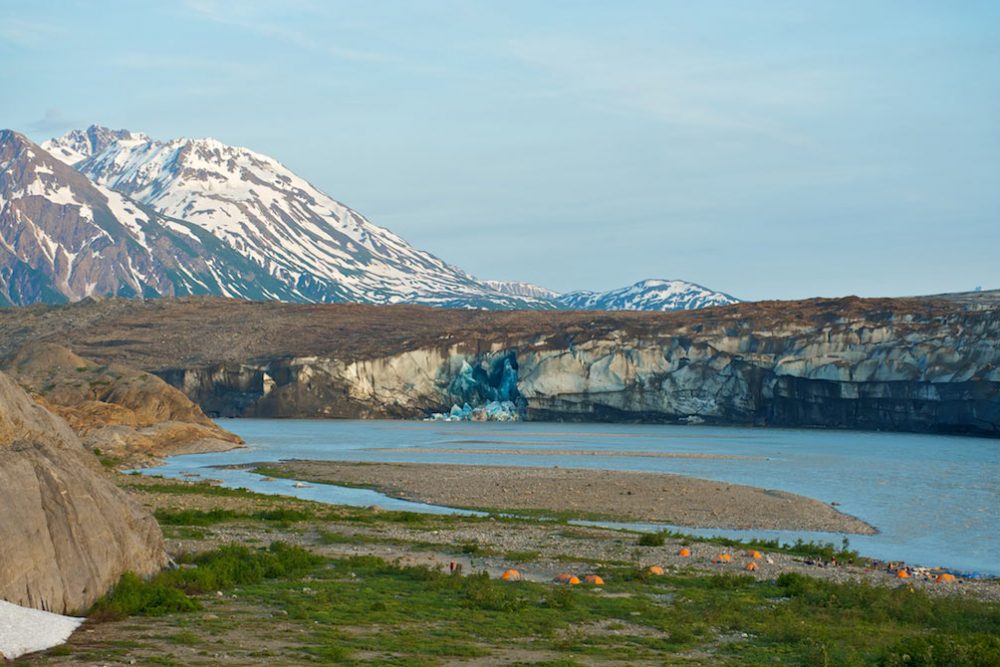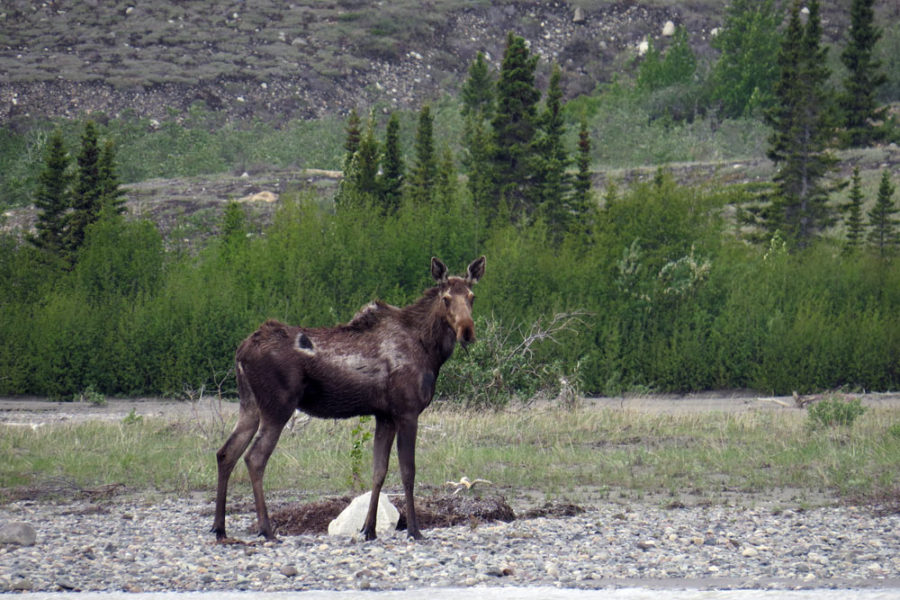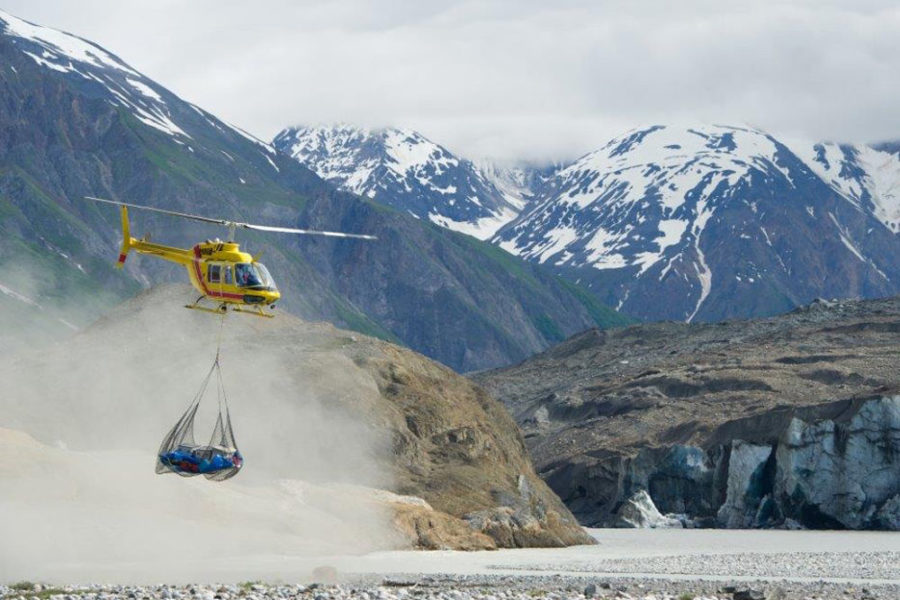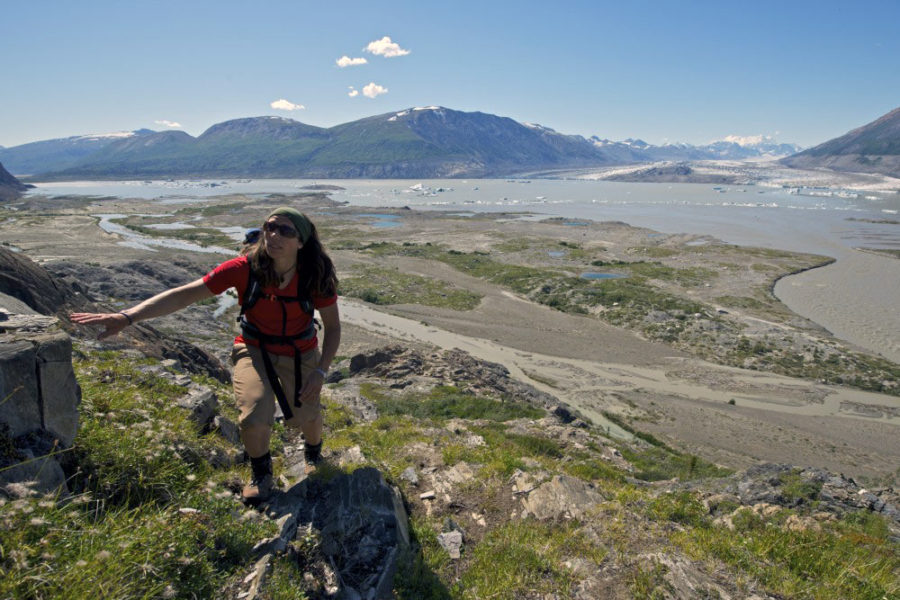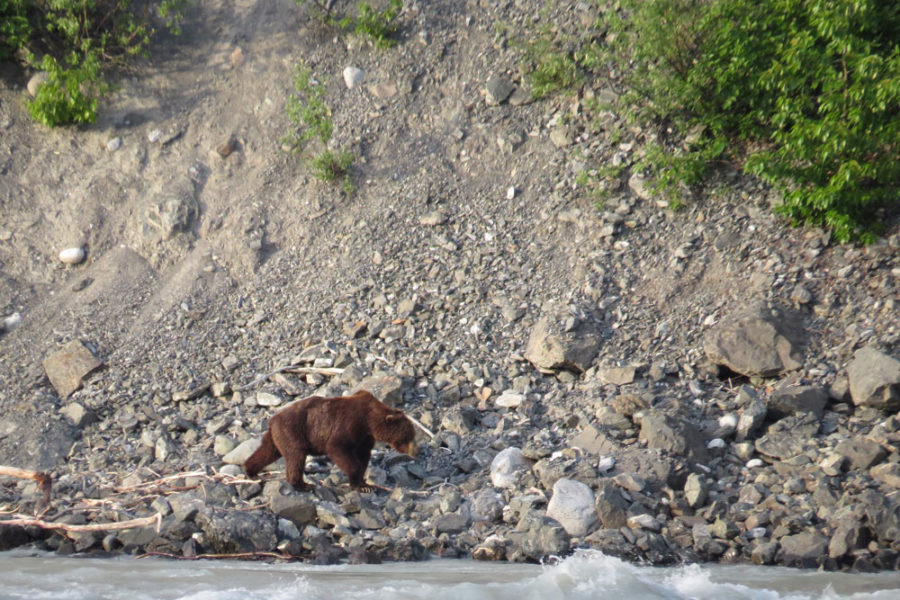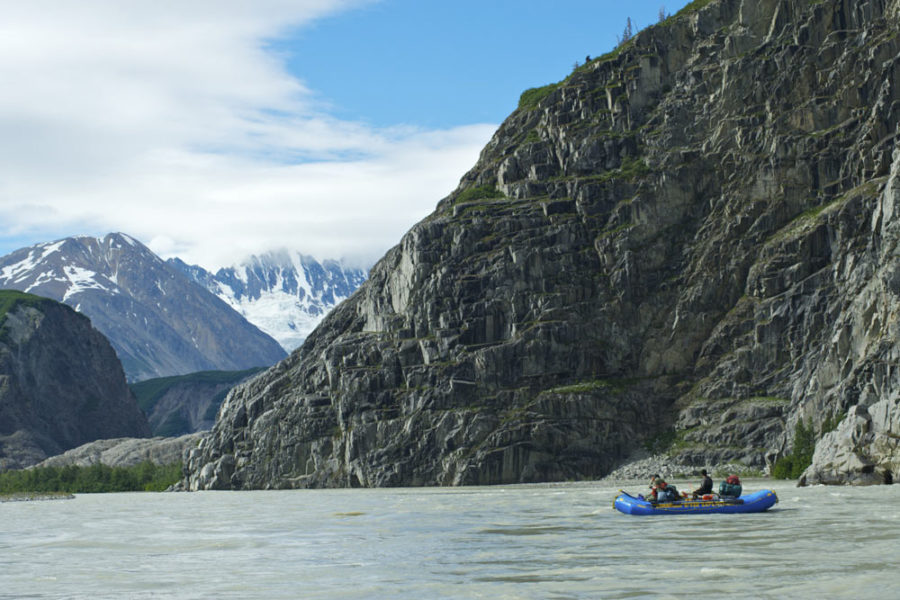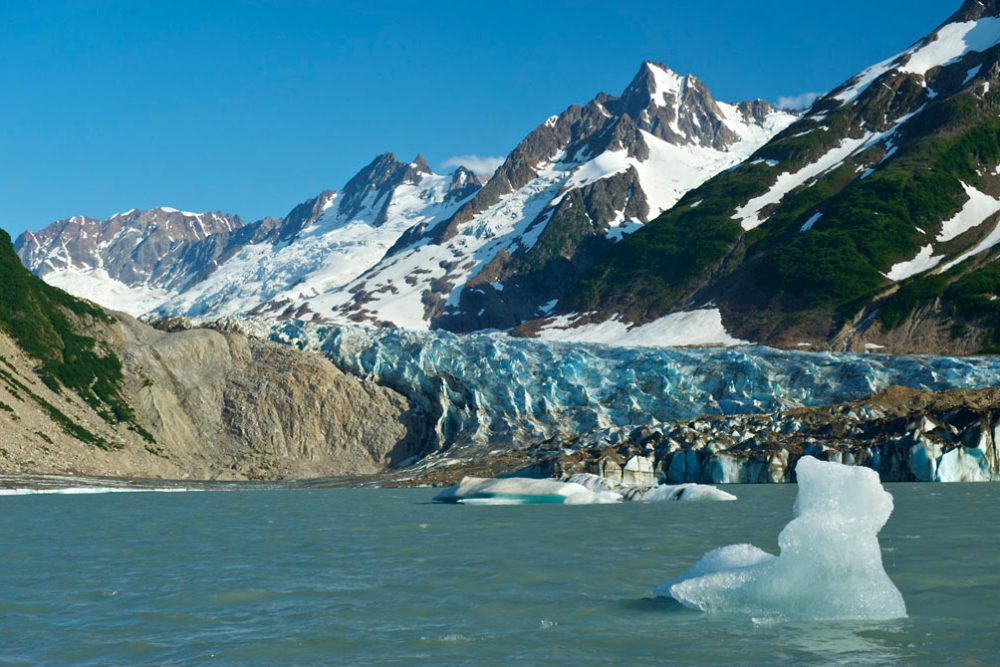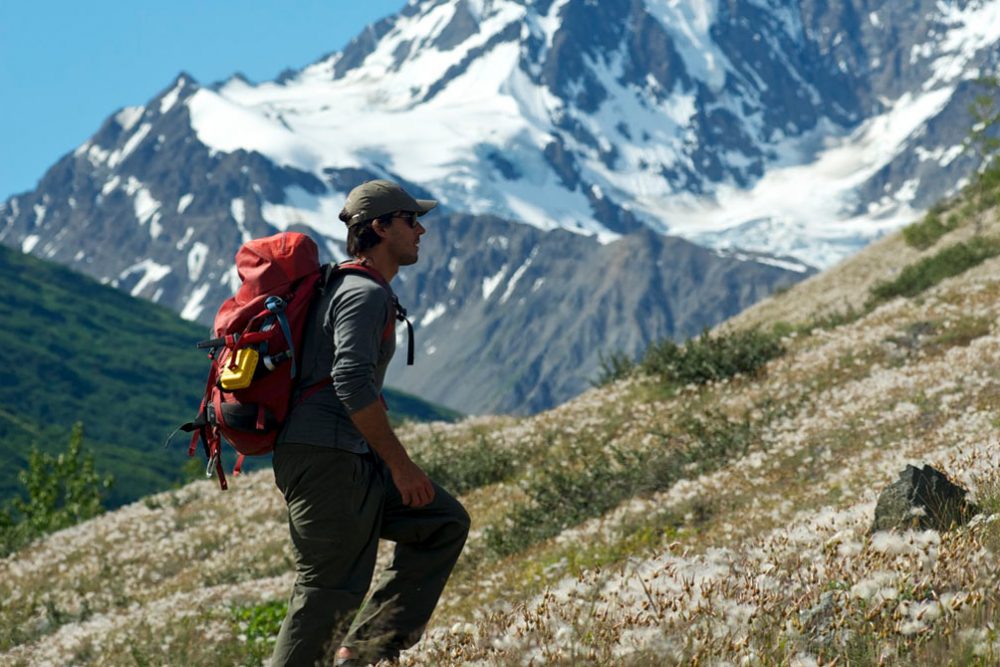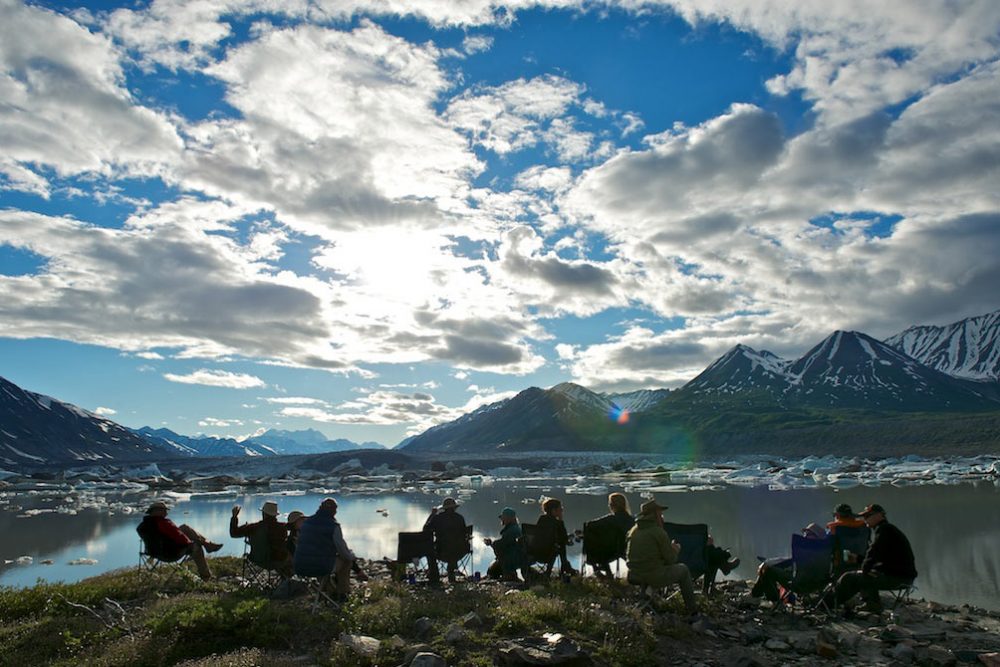Itinerary
Day 0 WHITEHORSE, YUKON
This is the first date listed for your trip.
Your journey north from your home will be a refreshing departure. You will fly over the largest expanse of wilderness in the world with stunning views on cloudless days, pass through quieter and friendlier airports and generally begin to immerse yourself in the wilderness experience that is about to unfold. This is the arrival day and is the first day listed for your trip. The scheduled flights arrive in Whitehorse throughout the day. Aim to arrive by 6 p.m.
Please make your way to your hotel and plan to rendezvous with your guides at the meeting point confirmed in your Welcome Aboard package at 8 p.m. for an orientation meeting with the trip leader. There will be a chance for last-minute questions concerning clothing, gear, packing and other details. Whitehorse is a great place to spend a few extra days and there are local day hikes, bike, canoe rentals, dog mushing kennels to visit as well as a National Historic Site and several museums. Renting a car for a day trip through the White Pass to Skagway, Alaska is a popular outing.
Day 1 ALPINE SCENIC DRIVE TO THE RIVER
Following breakfast (not covered), we will meet in the hotel lobby at 8 a.m. and will embark on our journey down the Alaska Highway for the 1½ hour van ride to the small community of Haines Junction. There we will visit the Kluane National Park Interpretive Centre. The next leg of our journey will take us through the stunning scenery of the Haines Pass to clear US customs. Next, we arrive at the edge of Kluane National Park and UNESCO World Heritage Site where we transfer to a four-wheel drive vehicle and waiting to take us the final 20 kilometres along a rugged trail to our waiting rafts.
As the 4×4 fords streams and bumps across meadows, we often see our first bears of the trip. Mountain goat and Dalls sheep are frequent sights on the mountain slopes above. The valley floor is also excellent habitat for moose, beaver, songbirds, terns, swans and other waterfowl.
The “road” fades out at the braided alluvial fan of Serpentine Creek. Here the rafts are rigged and waiting on the banks of the Dezadeash River.
Here you will have time to make final adjustments to your pack, the guides will introduce you to the finer points of the day’s journey. Here on the edge of Kluane National Park you embark on a gentle piece of river, winding through the broad valley, as it flows into Alsek Pass. Initially the Dezadeash River, one of the two sources of the Alsek, flows quite slowly. We carry paddles (in addition to the guides’ oars) and anyone who desires to pitch in and burn off the delicious lunch can do so. At the Dezadeash and the larger Kaskawulsh the Alsek is born. Camp location will be determined by the prevailing conditions.
Day 2 & 3 TO LOWELL LAKE AND GLACIER
In the morning we raft past an interesting portion of river with unusual rock formations, dunes of wind blown glacial till known as loes, and lots of bear sightings. Along the way we stop for walks to viewpoints, a waterfall, and a grizzly bear rubbing tree or some other interesting feature. The guides will tell you of the dramatic event in the 1870’s when this portion of the river was flooded by a massive lake, caused by the surging Lowell Glacier blocking the river. The lake flooded hundreds of square kilometers. When the dam broke, the ensuing flood was greater than the volume of the Amazon. Throughout the valley you will see remarkable remnants of the lake and flood.
In the afternoon of Day 3, the river quickens and in the last couple of kilometres we encounter the trip’s first exciting rapids as the river washes around boulders left behind by the glaciers. Here we get our first view of the white tops of icebergs in the distance.
Though presently receding, massive Lowell Glacier still spills into the lake that is carved out at its toe. Like the other glaciers of the St. Elias Mountains, Lowell is a remnant of the last ice age. Lowell Lake is an iceberg-filled spectacle similar to the one on the lower Alsek made famous by books and posters. We camp on the flats at the base of the cliffs against which Lowell Glacier, once pressed during a surge, sealing off the Alsek’s flow. This is a natural place to spend an extra day to hike or just soak in the sights.
Day 4 LAYOVER AT GOATHERD MOUNTAIN AND HIKING
Goatherd Mountain is a superb destination for hikers – truly a world-class hike with fantastic wildlife. Even those who don’t choose to go to the top can get a marvelous view from its base. One can look out over the jewel-like icebergs of Lowell Lake and see 50 or more kilometers up the ice of Lowell Glacier to 13,905 foot Mount Kennedy (named after JFK and climbed by his brother Bobby). Other peaks surrounding Kennedy – Alverstone and Hubbard – rise up to over 15,000 feet: Mount Logan, Canada’s highest and second in North America only to McKinley, lies farther back at 19,850 feet.
Goatherd Mountain is well named and as it is home to over 100 mountain goats, some of which graze the slopes right above camp. Ptarmigan, horned larks and pipits nest and feed in the high country.
Golden eagles soar over the slopes looking for unwary Arctic ground squirrels. A rainbow of wildflowers carpets the alpine meadows. The guides will split up to accompany some to the top of the plateau, others to the lower flanks and meadows and also others for a ramble along the gentle iceberg-studded shoreline of Lowell Lake.
Day 5 & 6 ICEBERGS, RAPIDS & DOWN RIVER INTO ALSEK CANYONS
On Day 5 we break camp and continue on through Lowell Lake, paddling and rowing through a maze of icebergs, which have calved off from the face of Lowell Glacier. The bergs range in size from minute to massive – some are the size of entire apartment blocks! Periodically one rolls over with a resounding thunder, exposing its freshly washed, sapphire-blue underside.
After about 4 kilometres, the lake narrows and becomes a river again with its characteristic speed. The bigger bergs get hung up in the shallows of Lowell Lake’s outlet but many smaller ones (up to the size of a van) can escape and we may bob and weave downstream with them.
The major rapids of the trip are encountered below Lowell Lake. There is one tight spot where, in most water levels, the guides will line the boats or run them through empty. It’s easy to walk downstream a few hundred metres and meet the boats once they’ve negotiated this spot. Don’t worry, you won’t have missed anything. The fun rapids continue below.
Shortly below these rapids, we meet the first drainage of the Fisher Glacier on the right. Here the terrain begins to close in and the river valley becomes more confined. Waterfalls plummet off the rugged mountainsides as the river races underneath. It’s a very imposing, awe-inspiring landscape. A number of fun rapids and wave trains await downstream!
A second layover day is spent at a camp somewhere below the Bates River. There are a number of possible layover camps well-positioned for alpine hikes, glacier walks or simply relaxing with a great view.
About a day before Turnback Canyon we leave the Yukon Kluane National Park and enter British Columbia’s Tatshenshini-Alsek Wilderness Park. In June 1993 the BC portion of the Alsek and Tat was preserved with the declaration of the Tatshenshini-Alsek Wilderness Park and has since been designated a United Nations World Heritage Site. The Tat-Alsek watershed is the heartland of the largest protected wilderness area on the continent. The Tat-Alsek watershed is the heartland of the largest protected wilderness area in the world.
Day 7 MORE WHITEWATER TO TURNBACK CANYON & TWEEDSMUIR GLACIER
Massive wave trains and stunning scenery fill this day. This objective of day 7 is to position ourselves to rendezvous with the helicopter for the aerial flight over the glacier and out to vehicles waiting to transport us back to Whitehorse on Day 8. We usually endeavour to get down to our camp at Tweedsmuir Glacier above Turnback early enough to allow a few hours exploring the start of Turnback Canyon that afternoon or evening. Turnback consists of several kilometers of some of the ugliest, most tortured and turbulent whitewater you’ll see anywhere. Although it has been kayaked a “handful” of times in low water, it is no place for a raft. After dinner the guides deflate and roll up the rafts and consolidate the gear for the helicopter egress the following day. This camp is spectacular, with a dramatic and imposing sapphire-blue glacier hanging off the nearby mountains.
Day 8 HELICOPTER EGRESS FROM TURNBACK CANYON
We prepare the gear for the helicopter flights out. Four people at a time fly over Turnback Canyon and Tweedsmuir Glacier en route to the waiting vans. In the vans it is less than an hour into Haines Junction and another couple of hours back to Whitehorse. Once back in Whitehorse we will escort everyone to the hotel for those long-awaited showers and clean clothes.
Usually we all meet for a final dinner (not included) and then for a drink at one of Whitehorse’s charismatic bars, mingling with both locals and those tourists who just stepped off a bus tour or cruise ship. For them this is adventure. How can you even start to describe to them the places you have just come from?
Day 9 HOMEWARD BOUND
This is the last date listed for your trip.
After goodbyes and a last look around Whitehorse, we will head for home with a cargo of fond and spectacular memories.
Please note: The above is a tentative itinerary and has been designed with much thought to capitalize on the most scenic and exciting parts of the river, while making time on other sections. Your guides will adjust the schedule to make the best use of river and weather conditions.
Please ensure that you have a warm winter jacket (think ‘Puffy’) as well as waterproof rain jacket and pants. We rent robust rain gear and rubber boots – more on our ‘Details & Equipment list. Goretex is not a substitute for rain gear on this trip. Lifejackets are supplied.
Meals and pre- and post-trip accommodation in Whitehorse are your responsibility – the cost is not included in the trip fee. We have attached a list of Whitehorse hotels.
Breakfast, lunch, dinner and snacks are included from the Day 1 lunch until the final river meal. Any other meals off the river are your responsibility.

